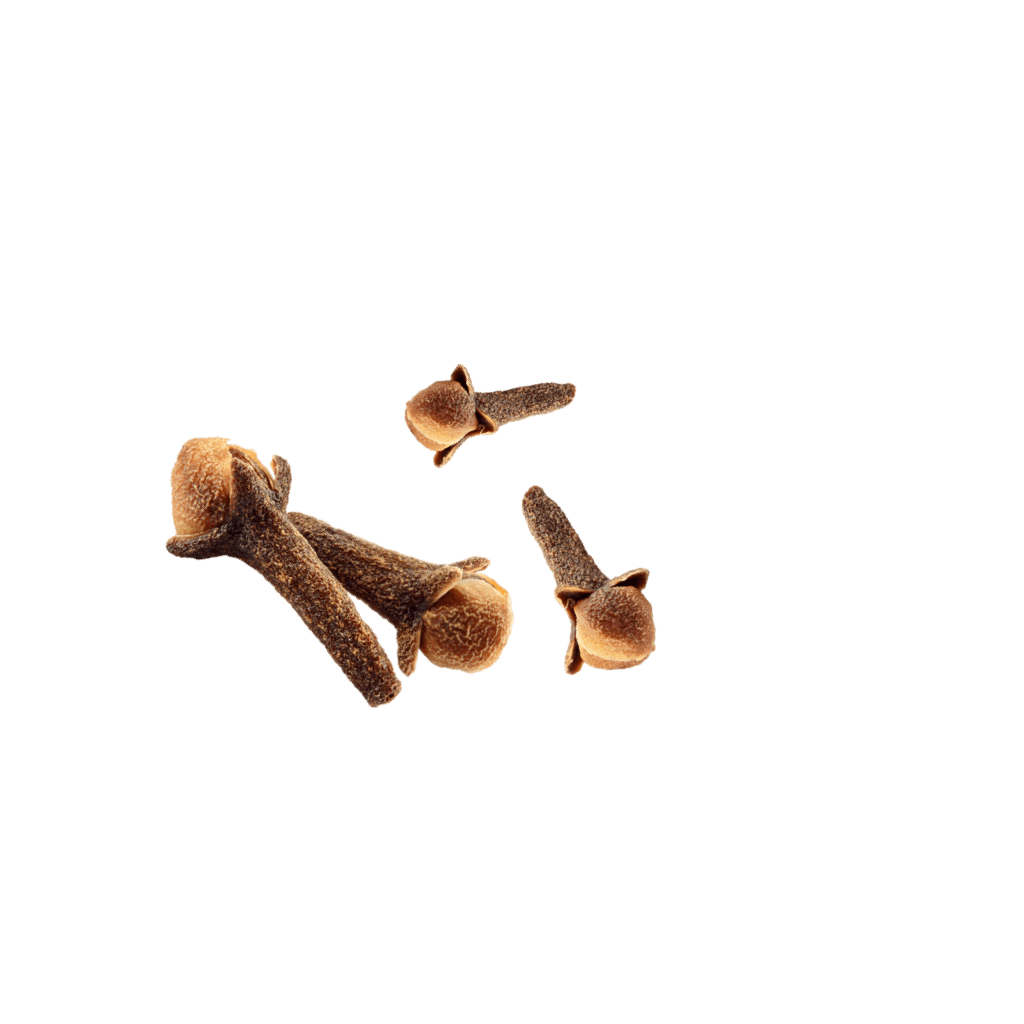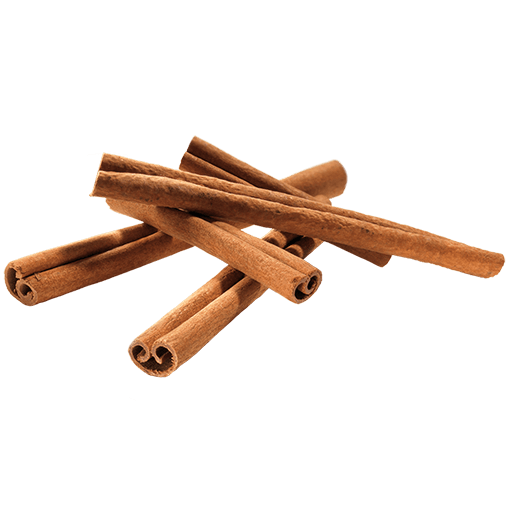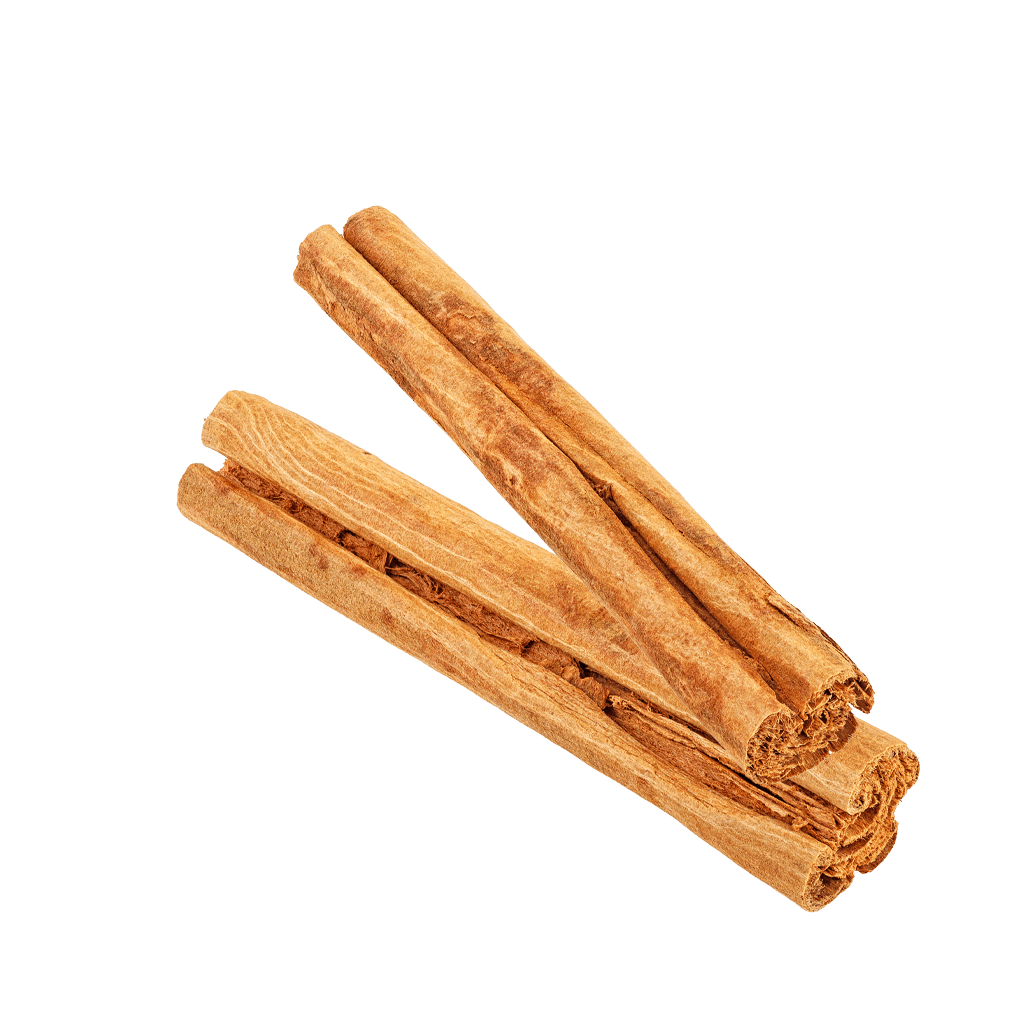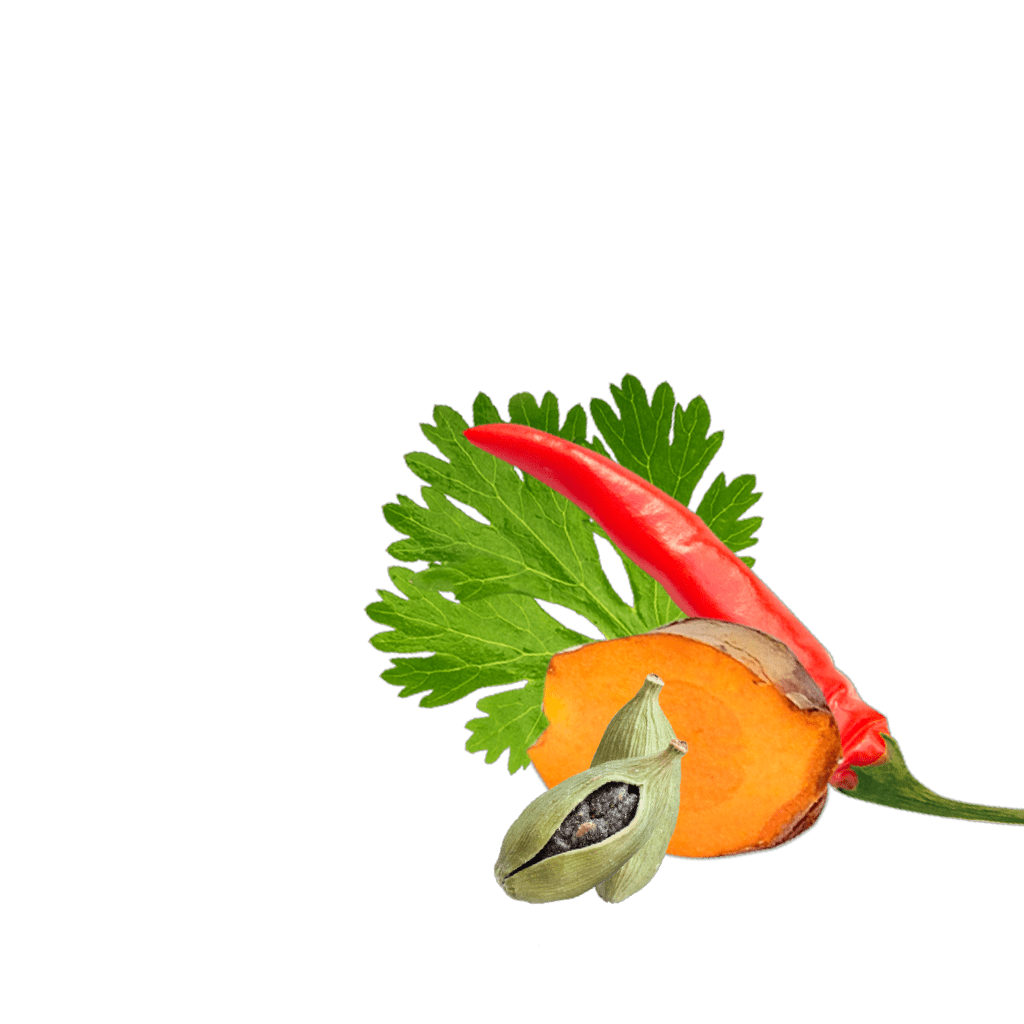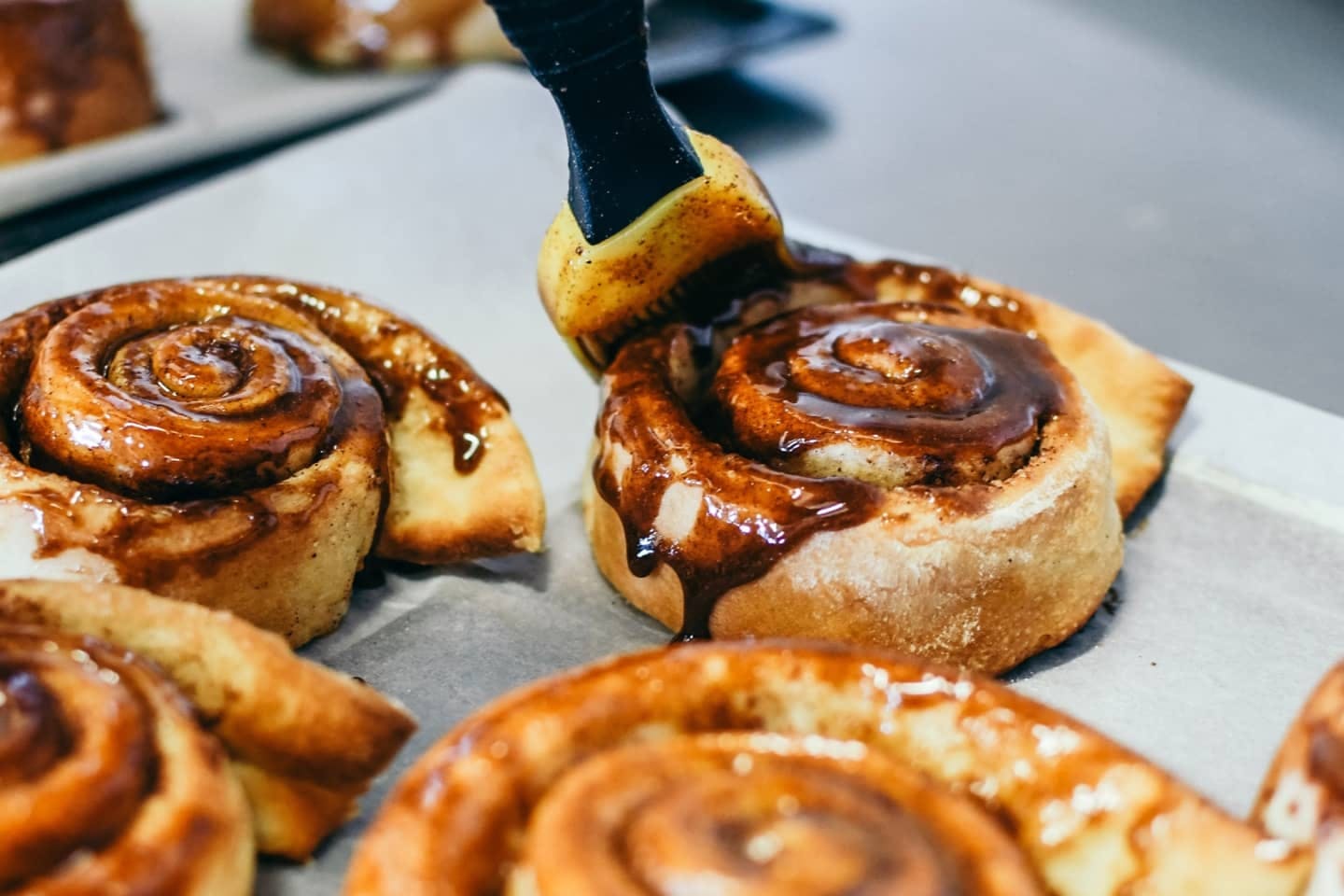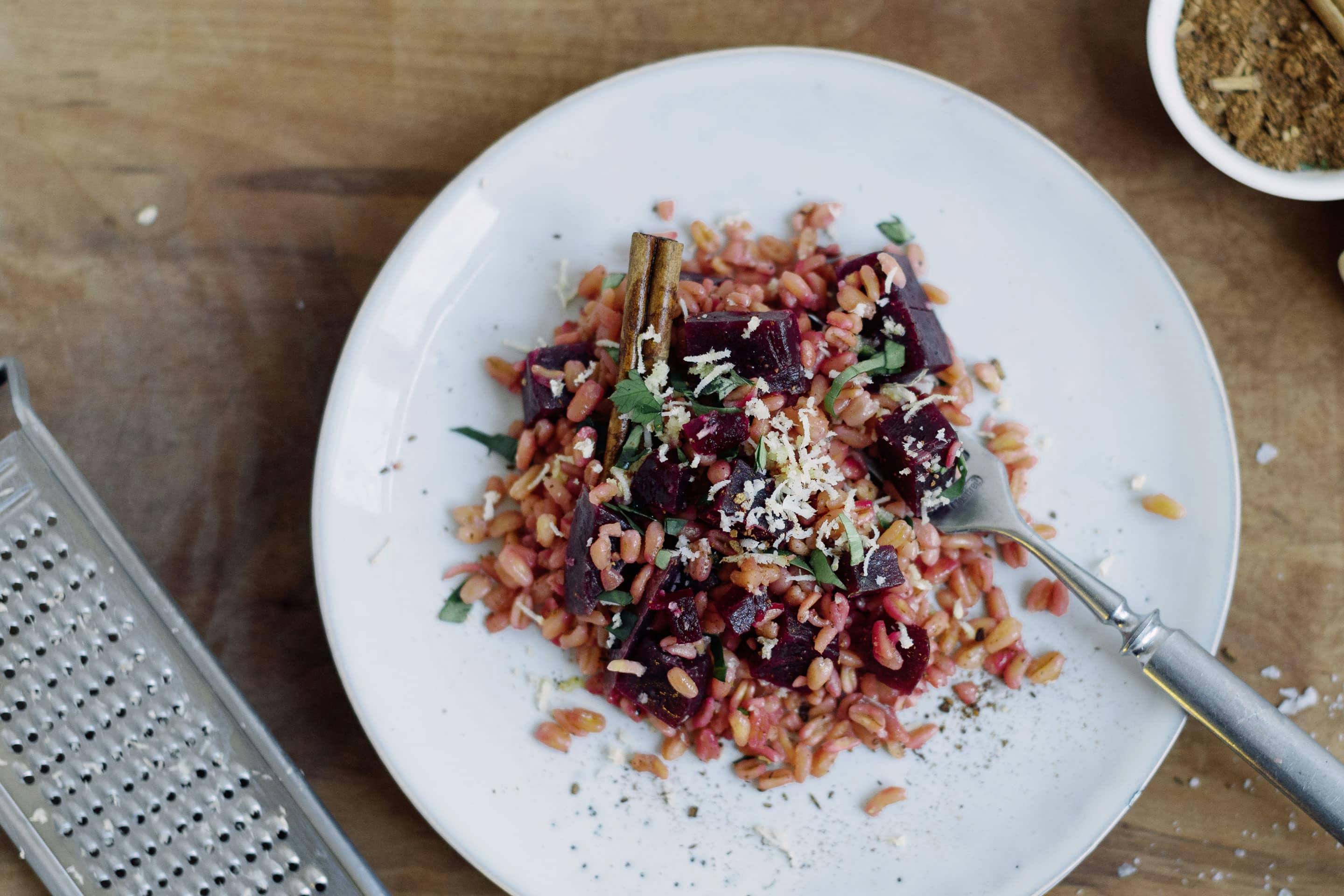Cinnamon
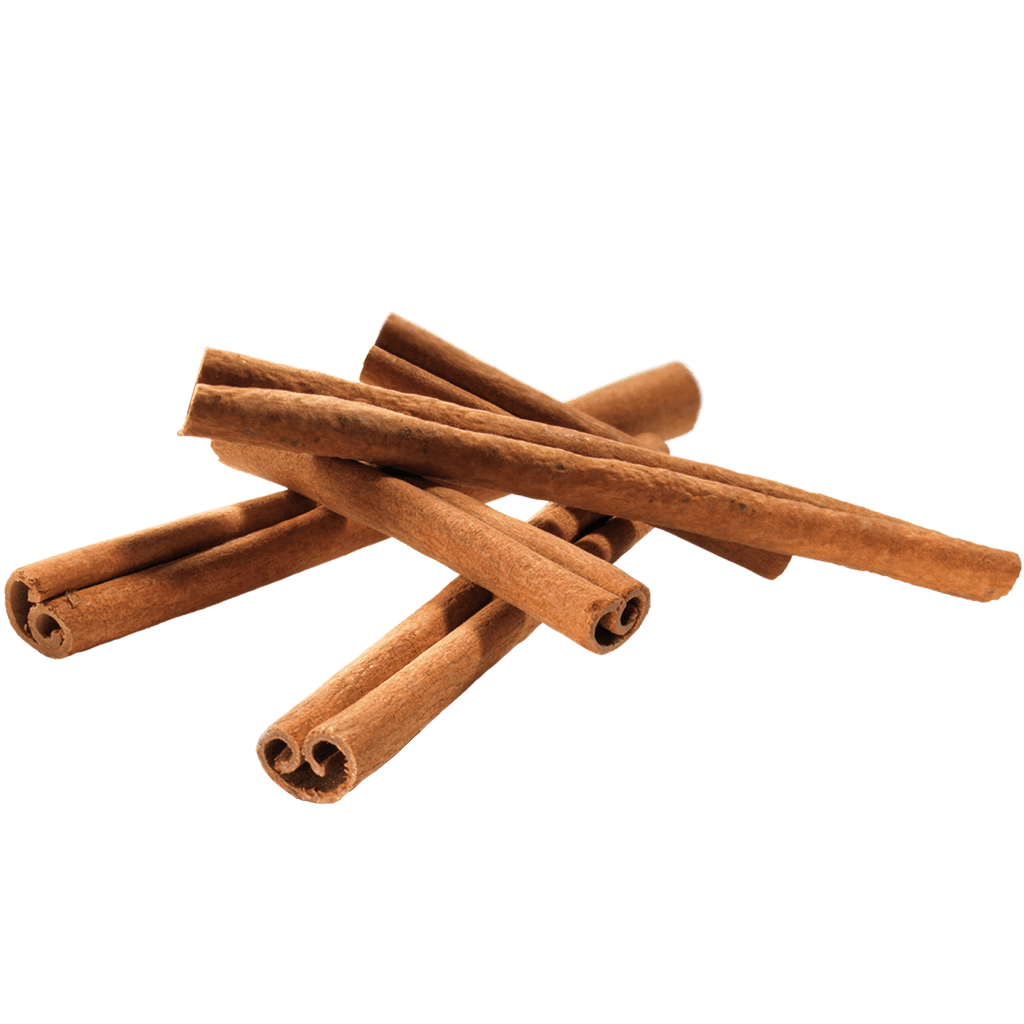

The warm, aromatic, slightly spicy flavor of cinnamon is used to enhance both sweet and savory dishes. In the past, this traditionally festive spice was regarded as a symbol of wealth.
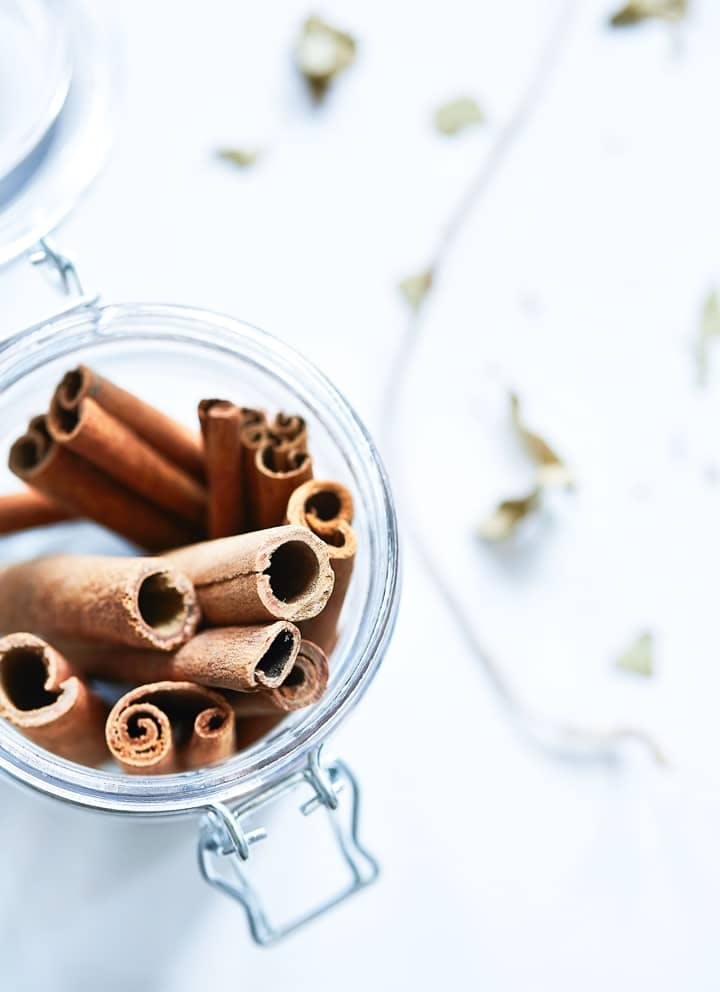
Cinnamon as a Spice
Not all cinnamon is created equal. In our western cuisine, we mainly use two types of cinnamon: Ceylon cinnamon and Cassia cinnamon. Ceylon cinnamon originally comes from Sri Lanka and has a warm, aromatic, sweet and spicy flavor that is perfect for cakes, bakes and pastries. Cassia cinnamon, on the other hand, has a flat, bitter, hotter flavor, which is used to season savory dishes like curries and hearty desserts like compotes and apple strudel. In the Middle Ages, cinnamon was very expensive and prestigious, so it was used in lots of festive bakes.
Products Containing Cinnamon
Currently Viewing: 1 of 0
Usage
Gingerbread, baked apples and compote: Most of us associate cinnamon with sweet dishes, but it’s actually also a great seasoning for various savory dishes. Cinnamon is available in ground form or as whole sticks, and you also occasionally find the unripe fruit from the cinnamon tree in shops. In India, cinnamon sticks are fried in hot oil so that the strips of bark unroll and release their full flavor. We mainly use whole cinnamon sticks in soups, casseroles and rice dishes, as well as in mulled wine and punch. Ground cinnamon is often used in bakeries to add an irresistible aroma to cakes and pastries.
Tip!
In Mexico, large mugs of hot chocolate are stirred with a stick of cinnamon because the flavors of cinnamon and chocolate complement each other perfectly — you have to try it!
Related recipes
Currently Viewing: 1 of 0


The Plant
The cinnamon tree is a bushy tree belonging to the laurel family that grows to up to 18 meters tall. Ceylon cinnamon is the variety predominantly used in western countries, and it’s mainly grown and processed in South Asia and the Caribbean. The branches on the tree are cut, and the bark is then freed from the outer layers by hand in a time-consuming process, fermented in the shade and dried in the sun. The inner bark rolls up into the cinnamon sticks that we are familiar with as it dries, developing the characteristic color and intense flavor we associate with the spice.
Factbox
- Scientific Name
- Cinnamomum zeylanicum/verum, Cinnamomum cassia
- Family
- Lauraceae family
- Other Names
- Real cinnamon: Ceylon cinnamon, canella, Mexican cinnamon Cassia: Cassia cinnamon, cassia, Chinese cinnamon, Chinese cassia
- Origin
- Sri Lanka, Indonesia, Vietnam (producing regions today)
Discover more
Clove
